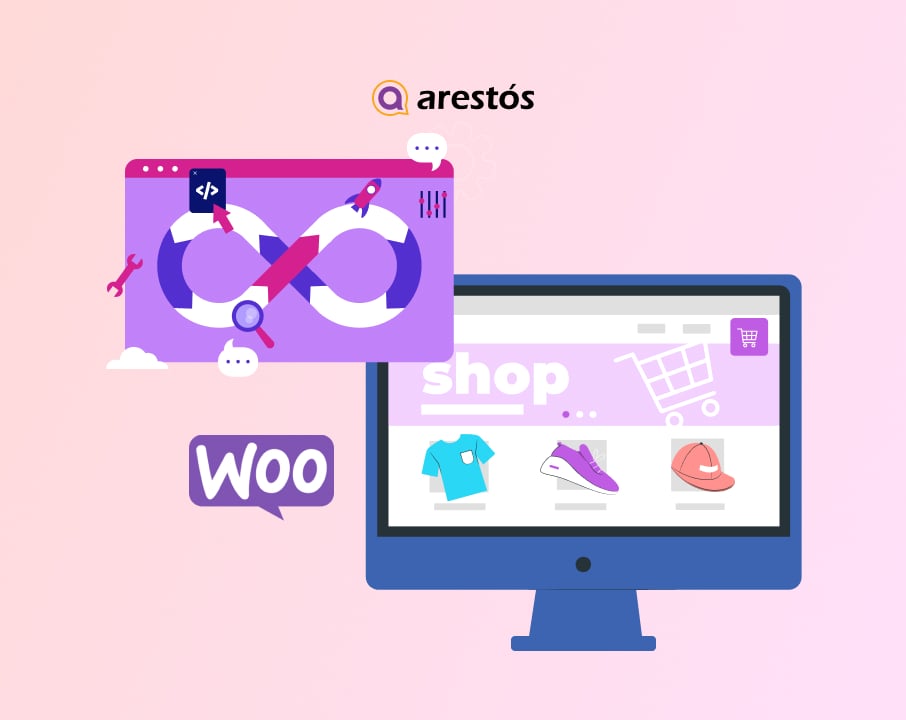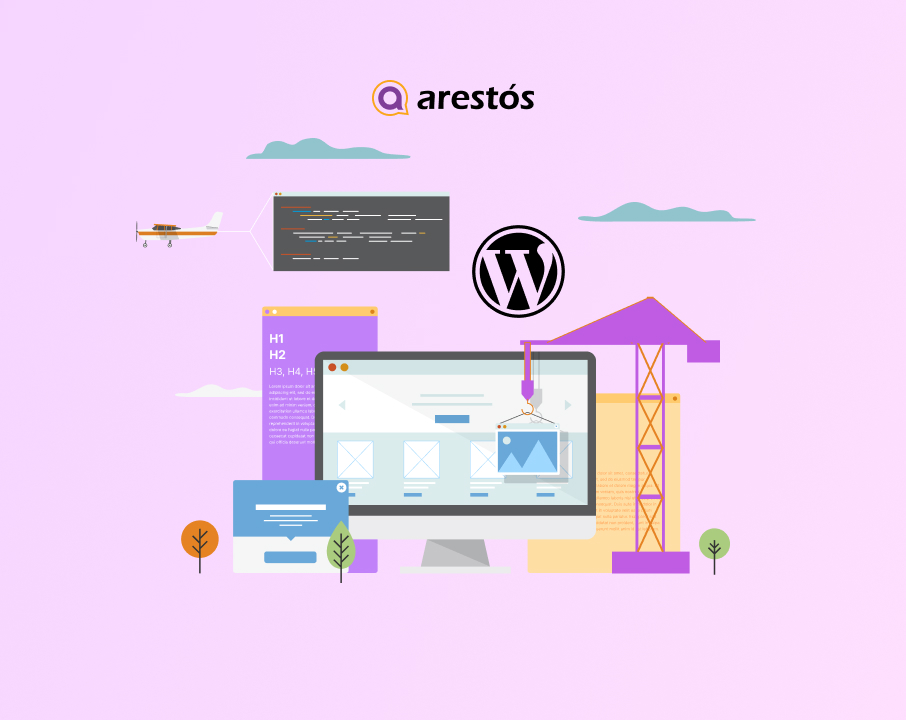Seamless Integration: How a WooCommerce ERP Plugin Can Sync Your Online Store
Can Sync Your Online Store In today's competitive e-commerce landscape, businesses need efficient solutions to streamline their operations and enhance customer experiences. Integrating an ERP (Enterprise Resource Planning) system with WooCommerce, a popular e-commerce platform, can provide significant benefits.
In today’s competitive e-commerce landscape, businesses need efficient solutions to streamline their operations and enhance customer experiences. Integrating an ERP (Enterprise Resource Planning) system with WooCommerce, a popular e-commerce platform, can provide significant benefits. In this blog post, we will explore the concept of WooCommerce ERP integration and highlight the role of a WooCommerce ERP plugin in achieving seamless synchronization. Discover the advantages of integrating an ERP system with WooCommerce, learn how to choose the right WooCommerce ERP plugin, and gain insights into the integration process. Get ready to unlock the power of seamless integration and elevate your online store’s performance.
Understanding WooCommerce ERP Integration:
WooCommerce ERP integration refers to the process of connecting an ERP system with a WooCommerce online store to synchronize data and streamline business operations. By integrating these two systems, businesses can achieve real-time synchronization of inventory, orders, customer data, and other crucial information. This integration eliminates manual data entry, reduces errors, enhances operational efficiency, and provides a holistic view of business performance.
The Role of a WooCommerce ERP Plugin:
A WooCommerce ERP plugin acts as a bridge between your WooCommerce store and your ERP system. It facilitates data exchange, automates processes, and ensures seamless integration. With a reliable WooCommerce ERP plugin, businesses can sync and manage inventory, update product information, track orders, and perform other essential tasks in a centralized manner. These plugins often come with features such as real-time data synchronization, order management, inventory tracking, and reporting capabilities, making them indispensable tools for e-commerce businesses.
Benefits of WooCommerce ERP Integration:
Integrating an ERP system with WooCommerce using a plugin offers numerous benefits for businesses:
- Improved Inventory Management: With a synchronized inventory system, businesses can avoid overselling, track stock levels accurately, and maintain consistent product information across multiple platforms.
- Real-Time Data Synchronization: Integration ensures that changes made in either the WooCommerce store or the ERP system are reflected in real-time, eliminating discrepancies and ensuring data integrity.
- Streamlined Order Fulfillment: By integrating order management processes, businesses can automate tasks such as order processing, tracking, and fulfillment, resulting in faster and more efficient operations.
- Enhanced Customer Experience: With synchronized customer data, businesses can provide personalized experiences, including targeted marketing campaigns, tailored promotions, and improved customer support.
- Data-Driven Decision Making: The availability of accurate, up-to-date data allows businesses to make informed decisions, identify trends, and optimize operations for better performance and growth.
Choosing the Right WooCommerce ERP Plugin:
When selecting a WooCommerce ERP plugin, consider the following factors:
- Compatibility: Ensure that the plugin is compatible with your WooCommerce version and ERP system.
- Feature Set: Evaluate the plugin’s features, such as real-time synchronization, order management, inventory tracking, reporting, and scalability, to ensure they meet your business requirements.
- User Reviews: Read user reviews and ratings to gauge the plugin’s reliability, performance, and customer support.
- Support and Updates: Check if the plugin receives regular updates and offers reliable customer support to address any issues or queries.
- Integration Partnerships: Look for plugins that have established partnerships with popular ERP systems, as this indicates their expertise and commitment to seamless integration.
The Integration Process:
Integrating your WooCommerce store with an ERP system using a plugin typically involves the following steps:
- Plugin Installation: Install the chosen WooCommerce ERP plugin from the WordPress plugin directory or a trusted source.
- Configuration: Configure the plugin settings, including connecting your ERP system, mapping data fields, and defining synchronization intervals.
- Data Mapping: Map the fields in your WooCommerce store and ERP system to ensure proper data synchronization.
- Initial Synchronization: Perform an initial synchronization to transfer existing data, such as products, customers, and inventory, between your WooCommerce store and ERP system.
- Testing and Validation: Thoroughly test the integration to ensure proper data flow, accurate synchronization, and functionality.
- Ongoing Management: Regularly monitor the integration, address any issues promptly, and keep the plugin and ERP system updated to maintain optimal performance.
Real-World Examples:
Businesses across various industries have benefited from WooCommerce ERP integration using a reliable plugin. For example, Company X, an online retailer, experienced significant improvements in inventory management efficiency by seamlessly integrating their WooCommerce store with their ERP system. They were able to maintain accurate stock levels, track inventory movements in real-time, and avoid stockouts or overstocking.
Best Practices for WooCommerce ERP Integration:
To ensure a successful WooCommerce ERP integration, follow these best practices:
- Data Accuracy: Regularly audit and update data to maintain accuracy and consistency across systems.
- Regular Updates: Keep your WooCommerce ERP plugin and ERP system up to date with the latest versions to leverage new features and bug fixes.
- Ongoing Support: Establish a support system to address any issues or queries that may arise during the integration process or afterward.
- Data Security: Implement security measures to protect sensitive customer and business data during the integration process and beyond.
- Training and Education: Provide training and resources for your team to ensure they understand the integration process and can effectively manage the synchronized systems.
Overcoming Challenges:
While WooCommerce ERP integration offers significant benefits, it can also present challenges. Some common challenges include data mapping complexities, system compatibility issues, and potential disruptions during the integration process. To overcome these challenges, consider the following strategies:
- Thorough Planning: Plan the integration process meticulously, including data mapping and system compatibility checks, to minimize potential issues.
- Testing and Validation: Conduct extensive testing and validation to identify and resolve any issues before going live with the integration.
- Expert Assistance: Seek the assistance of experienced professionals or consult with the support team of your chosen WooCommerce ERP plugin to address any challenges that arise.
Conclusion:
Seamless integration between WooCommerce and an ERP system using a reliable ERP plugin is a game-changer for e-commerce businesses. It offers improved inventory management, real-time data synchronization, streamlined order fulfillment, enhanced customer experiences, and data-driven decision-making. By choosing the right WooCommerce ERP plugin, following best practices, and overcoming integration challenges, businesses can unlock a new level of efficiency and performance. Embrace the power of seamless integration, and watch your online store thrive with synchronized operations. Invest in a robust WooCommerce ERP plugin today and take your e-commerce business to new heights.



